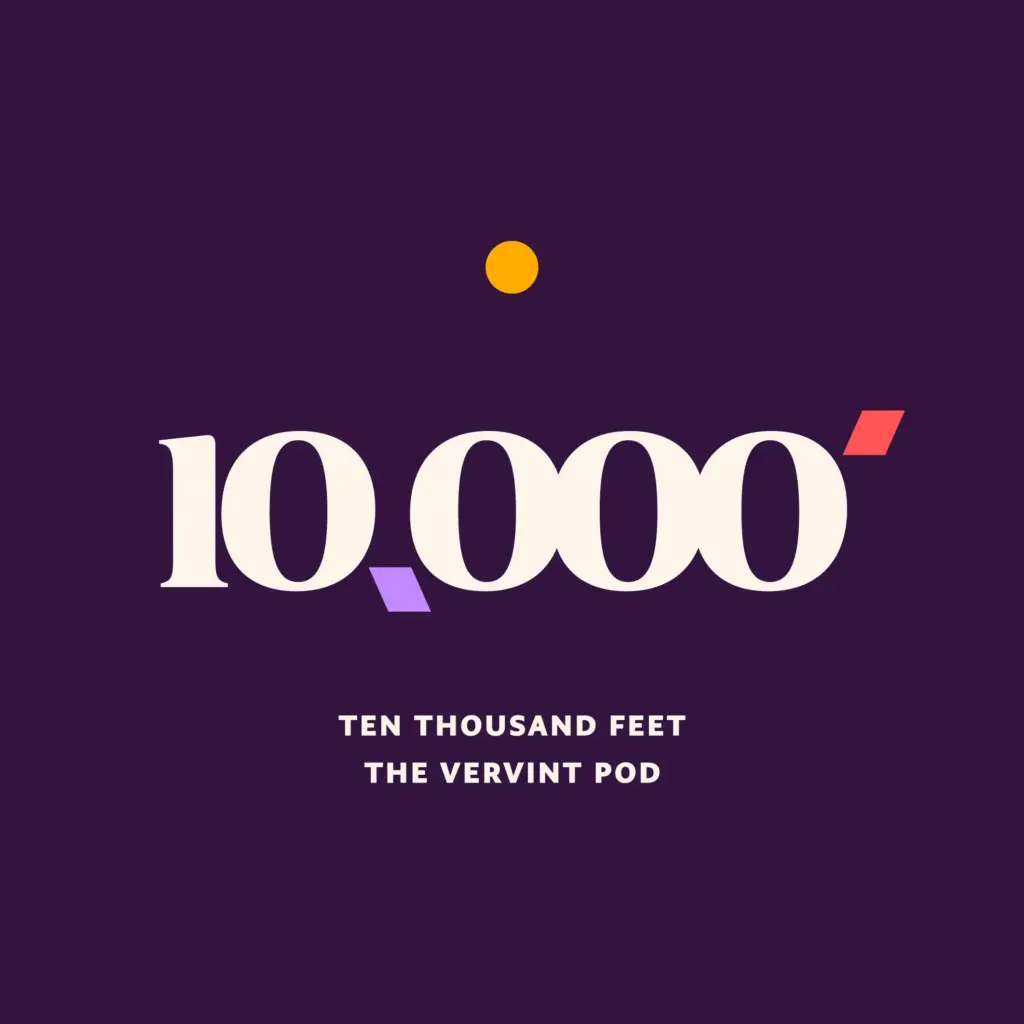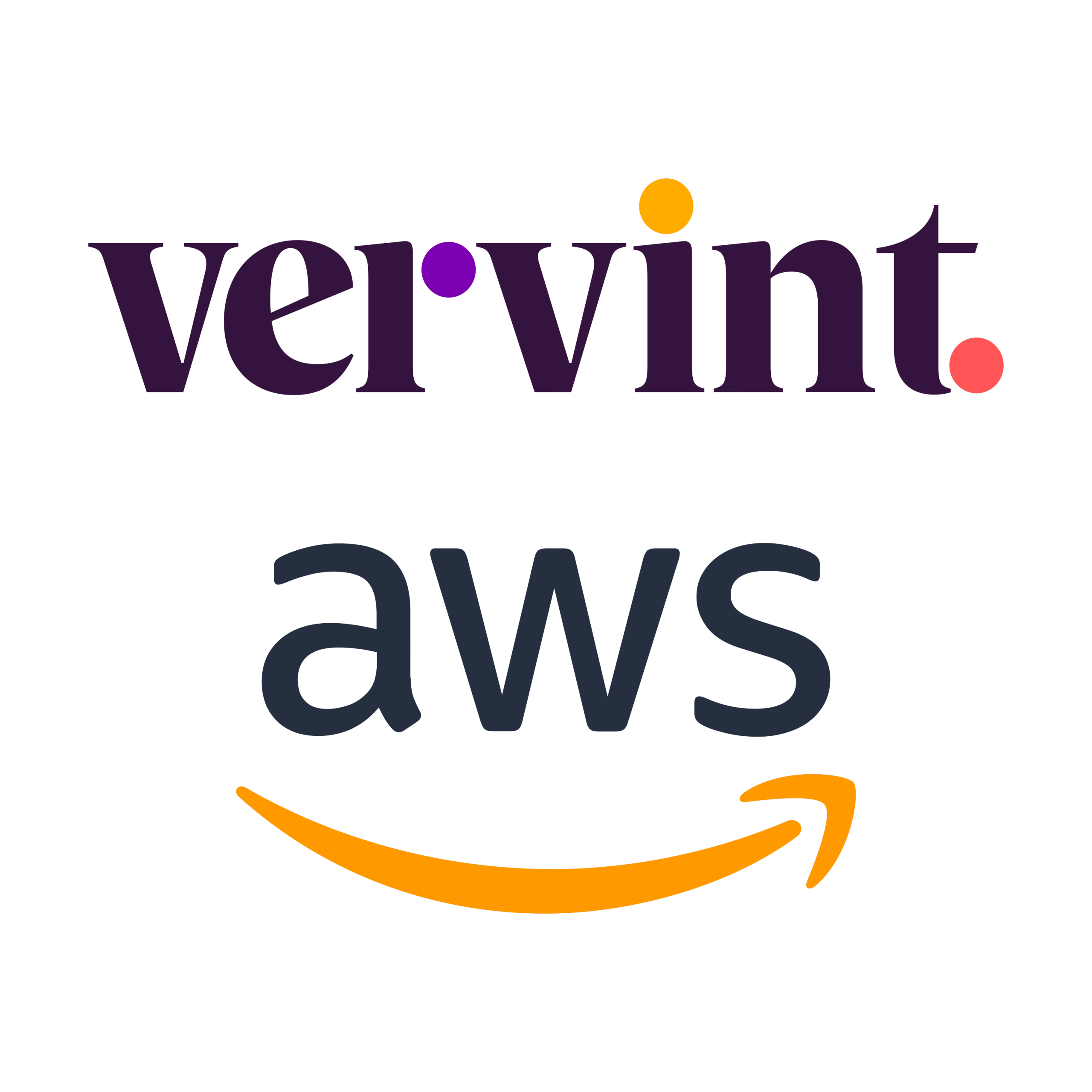Exploring IoT Migration, Modernization, and the Path to Lasting Innovation
In an ever-evolving digital landscape, the Vervint podcast “10,000 Feet” recently offered an engaging conversation on the real-world complexities of future proofing connected products. Moderator Richelle Lentz guided a thoughtful discussion with Rick Krause, solutions architect at Vervint, and Daniel Gross, senior IoT specialist at AWS, centering on how organizations can adapt, innovate, and thrive as the Internet of Things continues to mature. Rather than a linear summary, the following recap distills the most meaningful points, themes, and lessons shared during this illuminating episode.
Tracing the Evolution of IoT: From Niche to Necessity
Early IoT efforts were marked by experimentation, with engineers piecing together infrastructure by hand. As Rick Krause recalled, the field’s infancy demanded custom solutions for even the most basic device connections. Over time, cloud computing and platforms like AWS shifted the landscape, making rapid scaling and robust connectivity possible. Daniel Gross highlighted how this evolution has seen IoT move from niche pilot programs to business-critical systems supporting millions of devices worldwide.
The Maturation of IoT: Growth in Scale and Sophistication
Today’s connected products are more than data collectors—they are essential components of customer experience and business growth. Industry innovations such as templated device onboarding, just-in-time registration, and over-the-air updates have empowered companies to manage vast device fleets efficiently. As Daniel noted, industry leaders are now measured by their ability to deploy, monitor, and extract insights from connected products on an unprecedented scale. Success hinges on transforming operational data into actionable value for both businesses and their customers.
Current Trends in IoT and Connected Products
Modern IoT is characterized by a push for efficiency, differentiation, and customer-centricity. Companies are increasingly seeking unique features and seamless experiences to stand out. Subscription models, intelligent sensors, and the rise of edge processing have become integral to the landscape. Meanwhile, new standards like Matter are fostering interoperability across disparate platforms, breaking down old barriers and broadening user choice. The conversation underscored that the real differentiators today are adaptability and a willingness to rethink traditional approaches to technology and service.
Triggers for Migration and Replatforming
The decision to migrate or modernize an IoT platform is often driven by the need for scalability, cost-effectiveness, stronger security, or better data access. Rick and Daniel pointed out that legacy infrastructures, once sufficient for limited deployments, now present operational headaches as device fleets expand. Managed services like AWS IoT Core simplify the “heavy lifting,” freeing teams to focus on innovation over maintenance. Security threats, once rare, now require sophisticated solutions at every layer. Cost optimization and data accessibility have become just as pressing, shaping the motivations behind many digital transformations.
Migration Strategies: Best Practices and Trade-Offs
Migration is rarely an all-or-nothing leap. The podcast highlighted the importance of measured, phased rollouts, careful testing, and incremental modernization. While some environments allow a full “rip and replace,” most IoT ecosystems demand gradual transitions, making use of canary groups and blue-green deployments to minimize risks. The emphasis was on learning through iteration—recognizing that migrations must accommodate devices in the field and unpredictable real-world conditions. Ultimately, successful migration balances ambition with operational pragmatism.
Modernization as an Alternative to Full Migration
Not every organization needs a full replatforming to reap the benefits of progress. The episode explored how selective modernization—such as refining data flows, switching databases, or optimizing protocols—can yield meaningful improvements in cost and performance. The message was clear: small, targeted changes can deliver outsized returns. Teams are urged to regularly examine their systems for inefficiencies and pursue enhancements that directly improve end-user experiences and bottom lines.

Episode 65: Future-Proofing IoT: Migration, Modernization & AWS Insights
In this episode of 10,000 Feet, host Richelle Lentz speaks with Rick Krause from Vervint and Daniel Gross from AWS about the evolution of IoT, the challenges of scaling connected products, and the strategic considerations for migrating to modern platforms like AWS IoT Core.
Reflection: Key Takeaways for Readers
Stepping back from the technical details, the conversation left listeners with a set of actionable insights and broader reflections. Future proofing connected products is not solely a question of technology. It is a journey of continuous learning, adaptation, and customer empathy. Some of the enduring takeaways include:
- Prioritize User Experience: Sustainable success begins with understanding your users’ needs. Investigate barriers to device adoption and strive to deliver clear, tangible benefits.
- Embrace Change Incrementally: Large-scale transformation can be daunting, but progress often comes through small, deliberate steps. Continuous improvement should be woven into your strategy.
- Invest in Security and Scalability: As IoT grows, so do risks and opportunities. Build security into every layer and design systems that can adapt to future demands.
- Leverage the Power of Collaboration: The most successful organizations draw on internal expertise and trusted partners like AWS and Vervint to navigate complex transitions.
- Stay Curious and Agile: The IoT landscape will continue to evolve. Organizations that cultivate curiosity and agility are positioned to capitalize on emerging trends and technologies.
This episode reminds us that the path to resilient, innovative products is ongoing. By staying mindful of these principles, businesses can weather change and discover new avenues for growth.
Looking Forward: Next Steps and Upcoming Topics
To close, Richelle Lentz summarized how migration and modernization are not endpoints, but milestones in a larger journey. Staying competitive means continually reassessing systems and responding to new challenges. Future episodes will examine topics such as artificial intelligence in connected products, proactive security, and the expanding smart home ecosystem. The dialogue between Vervint and AWS stands as an open invitation for organizations to seek guidance, share insights, and keep moving forward in the world of IoT.
With so much rapid innovation, future proofing connected products is both a challenge and an opportunity. The takeaways from this conversation provide a thoughtful foundation for any reader eager to lead in the dynamic landscape of IoT.

